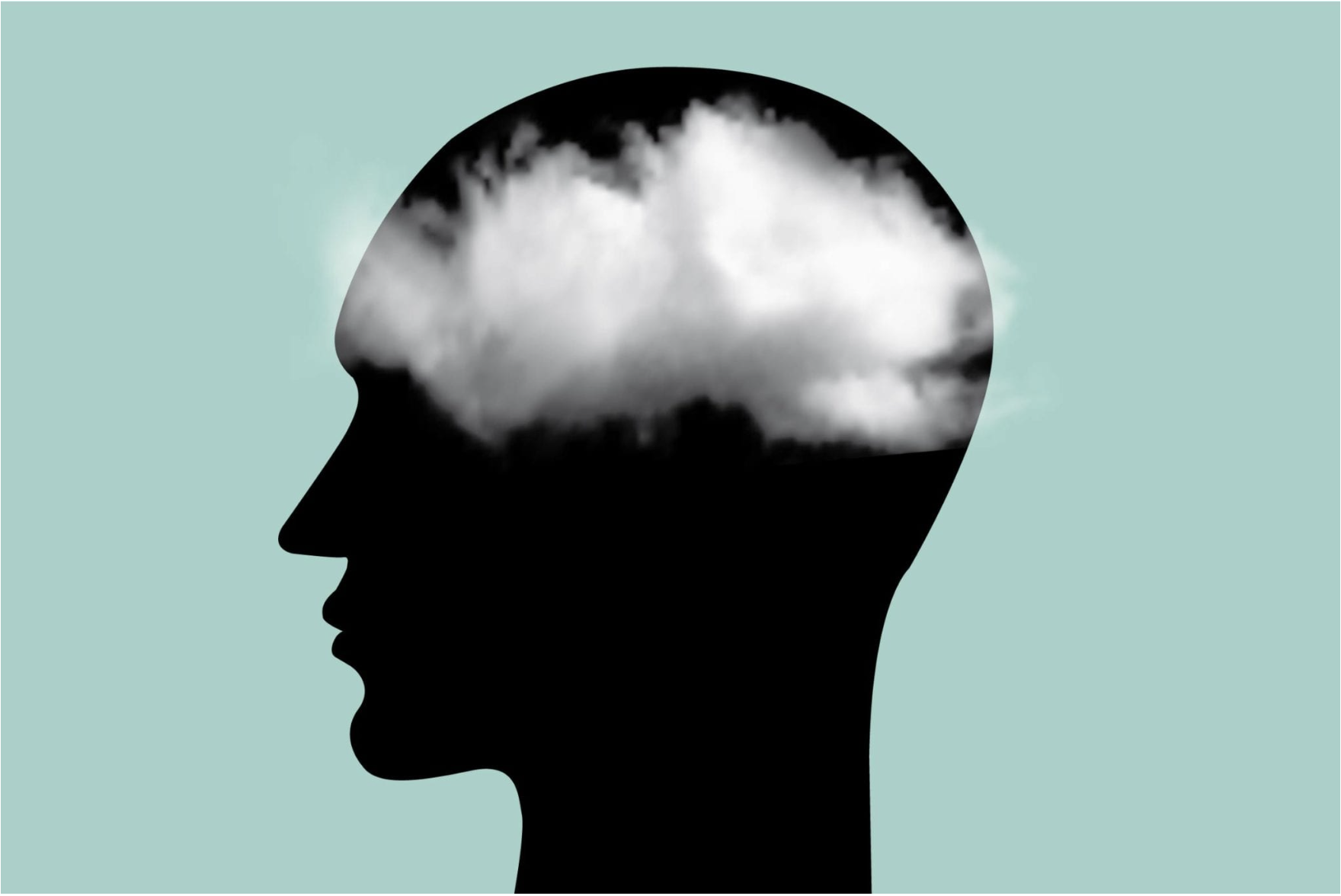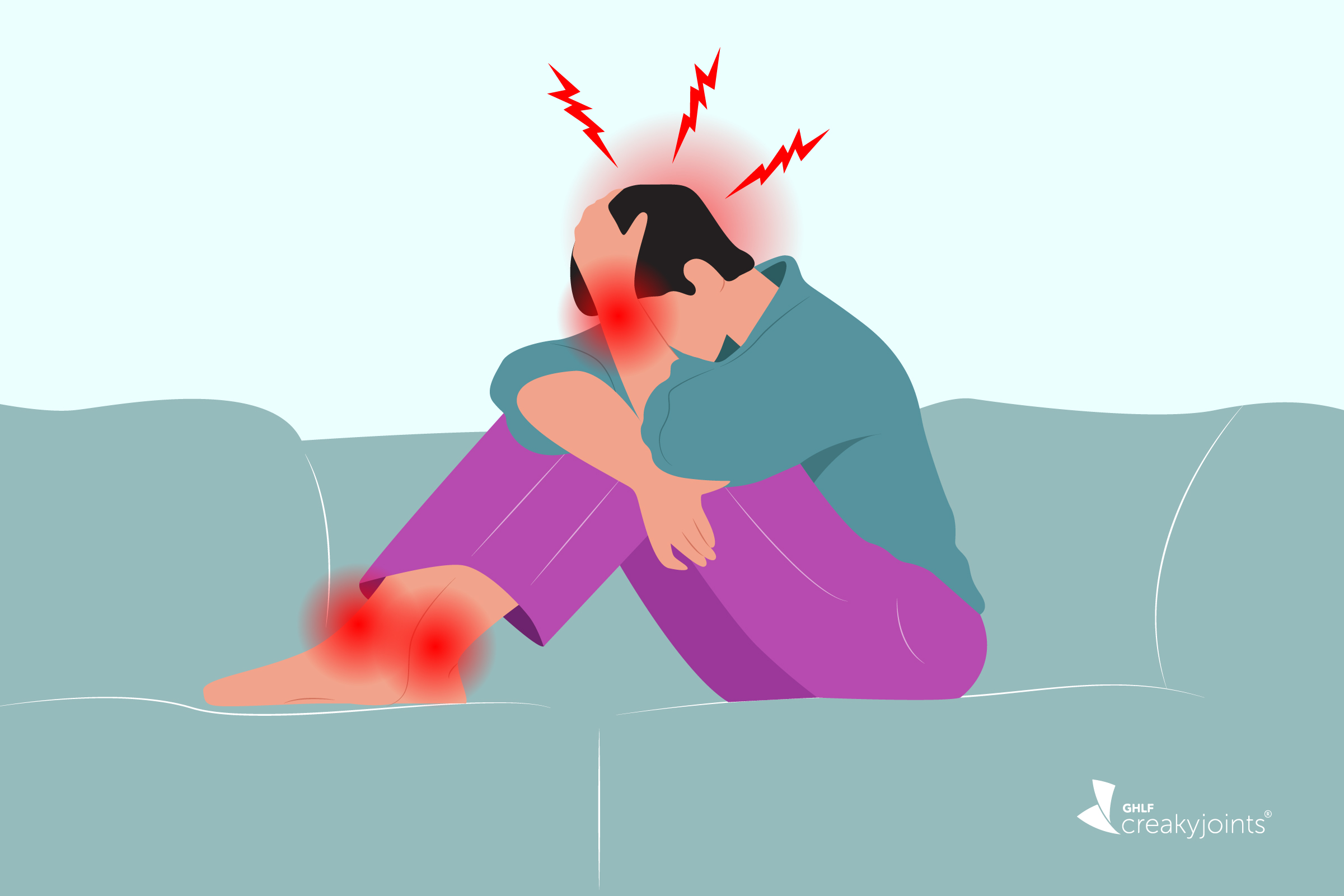The Up-End Migraine Project reveals key gaps in episodic migraine care, aiming to drive change and improve treatment options for patients through insights from both providers and patients.
THE 5 WORST THINGS PEOPLE SAY BECAUSE OF MIGRAINE MYTHS
THE 5 WORST THINGS PEOPLE SAY BECAUSE OF MIGRAINE MYTHS
July 16, 2020
Anne M. Sydor

-
“It’s just a headache.”
No matter how many times you have heard these words or perceived this attitude from someone else, your migraine is so much more than just a headache. Not only is a headache not the only symptom of a migraine attack, it is also not mild or just anything.
Migraine is a serious neurologic disorder that by definition has pain in the head and neck that lasts between 4 hours and 3 days that a person has had at least 5 times in their life and is often on only side of the head and/or neck, is often pulsating or throbbing, and made worse by moving. Migraine also comes with at least one of the following, nausea and vomiting, sensitivity to light (photophobia), and/or sensitivity to sound (phonophobia).
So, let’s break that down… pretty bad pulsating head pain while I feel like puking and being anywhere other than a dark room physically hurts? Just a headache? No, we don’t think so. People with migraine deserve care and support when this happens, they do not deserve to be brushed off.
Plus, those are not the ONLY symptoms—migraine attacks can also come with eye pain, ringing in the ears, dizziness and loss of balance, difficulty speaking, confusion and difficulty, mood swings, and visual disturbances like seeing spots or light patterns or double vision, and others.
Among the many myths that lead people to say, “it’s just a headache” are the ideas that all migraine attacks are the same, all migraine attacks include visual disturbances (auras), and that all headaches are migraine. The truth is that there are a lot of different symptoms of migraine and only about 1 of 3 people with migraine experience aura. The truth is also that not all headaches are the same. Some, like the ones that come with migraine, can be disabling. Others can be emergencies. Some are symptoms of a cold or allergies.
The truth is also that the only time all applies to migraine or headache from any cause is when we say all people in pain or discomfort deserve empathy, sympathy, and care.
-
Another migraine? Are you sure he isn’t faking?
The first myth embodied by this statement is that men don’t get migraine attacks. Not so. If you put 24 people in a room, 4 of them will be people who experience migraine, and at least 1 of the people who have migraine will be male. Men have migraine attacks and unfortunately are less likely to receive care for their migraine because of this myth.
Another myth in this statement is that migraine does attack frequently. Of the 1 in 6 people who have migraine, most have an attack every 2 to 4 weeks, many have attacks 4 or more times per month. One of every 100 people with migraine have more than 15 migraine attacks per month—that’s every other day, and although 1% might not seem like a lot, because of how common migraine is, that’s actually 4 million people who have a migraine every other day or more.
The idea that someone who is sharing their migraine pain with another is probably faking it is also simply untrue. This is an old myth that probably comes mostly from people not understanding what they can’t see—even doctors, who used to think that migraine was psychological or related to having a “high-strung, nervous” personality type. Modern medicine has learned that migraine is biological and genetically influenced. That is, migraine runs in family and can be treated with medicine that affects nerve cells.
Here, the truth is perhaps not so simple. We don’t know yet exactly what causes migraine and the only way we can tell that someone is in pain is if they say so. Still, we do know that migraine isn’t a psychologic disorder “just in their heads,” or it wouldn’t run in families.
Most of wouldn’t want anyone to our experience of pain, so questioning someone else’s makes little sense.
-
“She’s not back at work yet? I didn’t think a migraine could last that long (smirk).”
People make this dismissive statement both because they fear a colleague is shirking work or because they really believe migraine attacks do not last long or are not serious.
The seriousness of migraine and the issue of questioning another person’s difficulties and pain have both been discussed already, but let’s talk about the idea that migraine attacks don’t last that long. There are four phases that a migraine attack can have: the prodrome, aura, headache. and postdrome. Not every migraine attack will have every phase; for example, some people never have aura and others never have predrome or postdrome. There are even some people with migraine attacks that don’t include the headache phase—proving again that migraine and headache do not mean the same thing! When they do occur, prodromes can be days long or just a few hours, aura is usually 5 to 60 minutes, the headache phase is usually 4 to 72 hours, and the postdrome is usually 24 to 48 hours. Together that means a migraine attack can, and often does, last several days or even a week.
It is true that migraine leads to needing to take days off work. In fact, migraine is the 6th or 7th leading cause of disability worldwide. Some people use up all their sick time and then have to show up even when they have an attack; those days are certainly not productive ones. Others lose their jobs or can’t find work because of their migraine attacks. This doesn’t mean people are “playing hooky” though. A 2019 Health Union report showed that 63% of people with migraine had to cut back on enjoyable leisure activities and 50% say they constantly worry about letting others down.
Put shortly, migraine is not just an excuse to get out of things.
-
“Ugh. . . I did the wrong thing and now I have a migraine attack to pay for it!”
Sometimes we say the worst things to ourselves, and that negative self-talk is almost never true. People do not give themselves migraine or have a personality prone to migraine, and there are underlying genetics, which none of us can control, that play a large role in whether or not a person experiences migraine.
People with migraine can do things that make it less likely they will have an attack. Getting enough sleep, exercising, practicing mindfulness, staying hydrated, and eating a nutritious diet have all been shown to reduce frequency of migraine attacks.
There are other experiences that are likely to trigger migraine attacks, but these are very individual, and sometimes people with migraine have no specific triggers—the attack simply happens. Keeping a migraine diary can help people know what things they do or don’t do that make an attack more likely, like skipping a meal or eating something specific.
That doesn’t mean a person who got a migraine attack after a night of poor sleep or eating out is to blame for the attack. No one is.
-
“Just pop a painkiller and power through this. We need you.”
If people need the contributions of someone who is living with migraine, the best thing they can do is encourage the person with migraine to take proper care of themselves. Powering through doesn’t make migraine better, and over-the-counter treatments (a pain pill), if used to often, can actually make migraine worse and attacks more frequent.
A migraine attack is serious and disabling as discussed, and people with migraine have higher rates of heart disease, stroke, and suicide (Please ask for help if you feel this way: https://suicidepreventionlifeline.org/). Anyone who has headaches once a month or more should seek the help of health care professionals to properly diagnose and treat those headaches. Going it alone or just powering through isn’t helpful.
The real truth is that migraine is a common and serious disabling neurologic condition.
It is not in someone’s head; it is in their brain. For most people with migraine, the attacks become more frequent over time if they are not treated properly. The good news is many treatments are available; the bad news is that there are not enough migraine specialists to treat everyone with migraine. However, primary care physicians and nurse practitioners can provide good headache care, especially when their patients are knowledgeable about the myths and realities of migraine and other causes of headaches.
Sources:
2019 Health Union Report on Migraine. https://health-union.com
Headache Classification Committee of the International Headache Society (IHS). The international classification of headache disorders, 3rd edition. Cephalalgia. 2018;38(1):1-211. https://doi.org/10.1177/0333102417738202 or https://ichd-3.org/1-migraine/
Burch R, Rizzoli P, Loder E. The prevalence and impact of migraine and severe headache in the United States: figures and trends from government health studies. Headache. 2018;58(4):496-505. https://doi.org/10.1111/head.13281
SUBSCRIBE TO GHLF
RELATED POST AND PAGES
_
Was this article helpful?
YesNo




